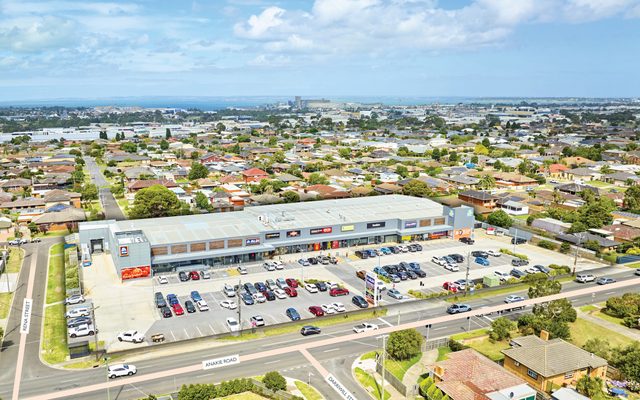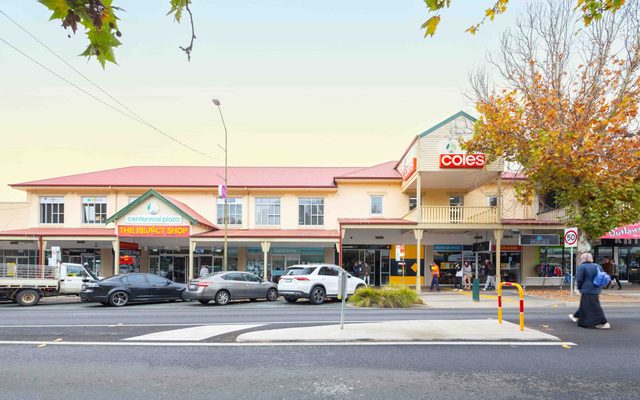This article is from the Australian Property Journal archive
AMID a turbulent period for the sector, Victorian retail asset investment is currently tracking at its highest levels on record, with $2.83 billion changing hands in the 12 months to March.
Savills’ latest Q1 2019 National Retail Quarter Time report shows this is more than double the amount seen in the previous 12-month period.
The biggest recent deals have included the $973 million acquisition by QIC of regional centres Pacific Plaza in Werribee and Pacific Epping, completed midway through last year, while later in 2018 a private investor purchased Burwood One for $181.5 million, and Elanor Investors Group and Heitman Investors Group teamed up to buy Waverley Gardens from Blackstone for $178 million.
Retail centres across Victoria had the highest total returns nationally, recording an annual return of 7.7% over 2018, as online, large-format and specialist retailing all make an impact on the country’s shopping landscape.
“As this compares favorably to the long-term average, it is clear that investor demand for Victorian retail assets remains strong, particularly given that retail trade has been performing well above long-term averages throughout the past five years, in spite of the rise of the online retail sector,” Savills director for retail investments, Rick Silberman said.
Domestic institutional investors accounted for 60% or sales, and domestic private investors for 23%. Foreign investor activity has been muted over the past two years, after making up nearly 63% of total sales volumes in the 12 months to March 2017.
Most of the sales occurred across regional and sub-regional centres, at 34.4% and 30.3% respectively, followed by neighbourhood centres at 15.3%.
Silberman said neighbourhood centres in Victoria are not traded as often as in other states, mainly due to generally being privately held, often by families, over a long period of time.
“However, the strong metrics on neighbourhood centres mean that they are in high demand, and when they are put up for sale, the competition to acquire them is quite fierce.
Average capital values across the state’s neighbourhood centres grew by 5.0% in the year to March.
Director for research & consultancy, Shrabastee Mallik said total retail turnover growth been above long-term averages, growth across discretionary retailing such as ‘clothing and footwear’ and ‘hardware and garden’ has been notably above long-term averages, in an encouraging sign for discretionary retailers.
Retail trade growth in Victoria outperformed national figures over 2018. Total growth came in at 4.4% compared to 2.7% nationally, headed by clothing at 8.4%, compared to 3.4% nationally, cafés at 5.2% (2.5%), food at 4.7% (3.8%), home and hardware with 1.7% (-0.3%) and department stores with 0.4% (0.2%).
She said it is not surprising that Australia’s retail sector has been comparatively resilient, given the vastness of its physical landscape, a relatively low shopping centre supply per person, and a lower penchant for exclusively shopping online compared to other developed nations.
However, Mallik said there were notable revisions to recorded rents across regional, sub-regional and neighbourhood centres.
Supermarket rents across all centre types remained stable, but moved down by 3.9% over 12 months for discount department stores in sub-regional centres to an average of $235 per sqm.
Mallik said that in reflection of the times, the average went down as a result of downward revisions to the high end of the range, rather than the low.
“We are now at a stage of the cycle where landlords are carefully considering the levels at which they pitch their rents.
“With many of these discount department stores coming under increasing scrutiny about their low prices coming at the cost of ethics and sustainability, we are probably going to see more of these retailers negotiate their leases in their favour, as the pendulum remains firmly in favour of tenants.”
Neighbourhood centres continue to perform well, with specialty tenant rents up by 8.3%, while specialty tenant rents in regional and sub-regional centres fell.
“As people become busier, there is a greater demand for neighbourhood centres to be a one-stop shop, with more and more local neighbourhood centres providing a streamlined non-discretionary experience,” Savills national head for retail investments, Ben Parkinson, said.
“Landlords are able to carefully target their rents in these centres in line with changing consumer tastes and preferences.
“There is a greater demand for quality food products, with an increasing number of consumers demanding fresh produce like fruits and vegetable, meats and bread from specialty retailers, rather than from the supermarkets.”
Australian Property Journal




